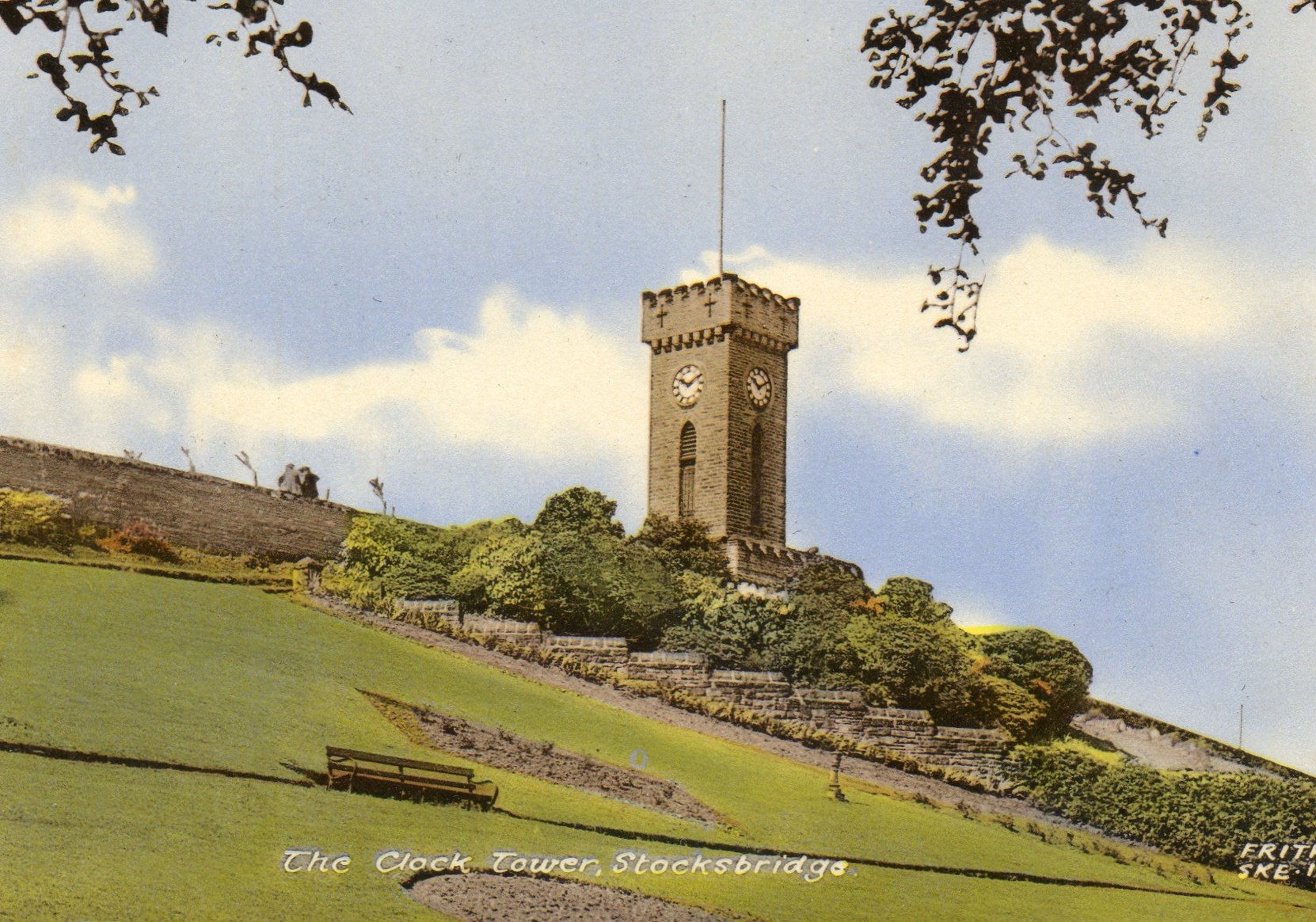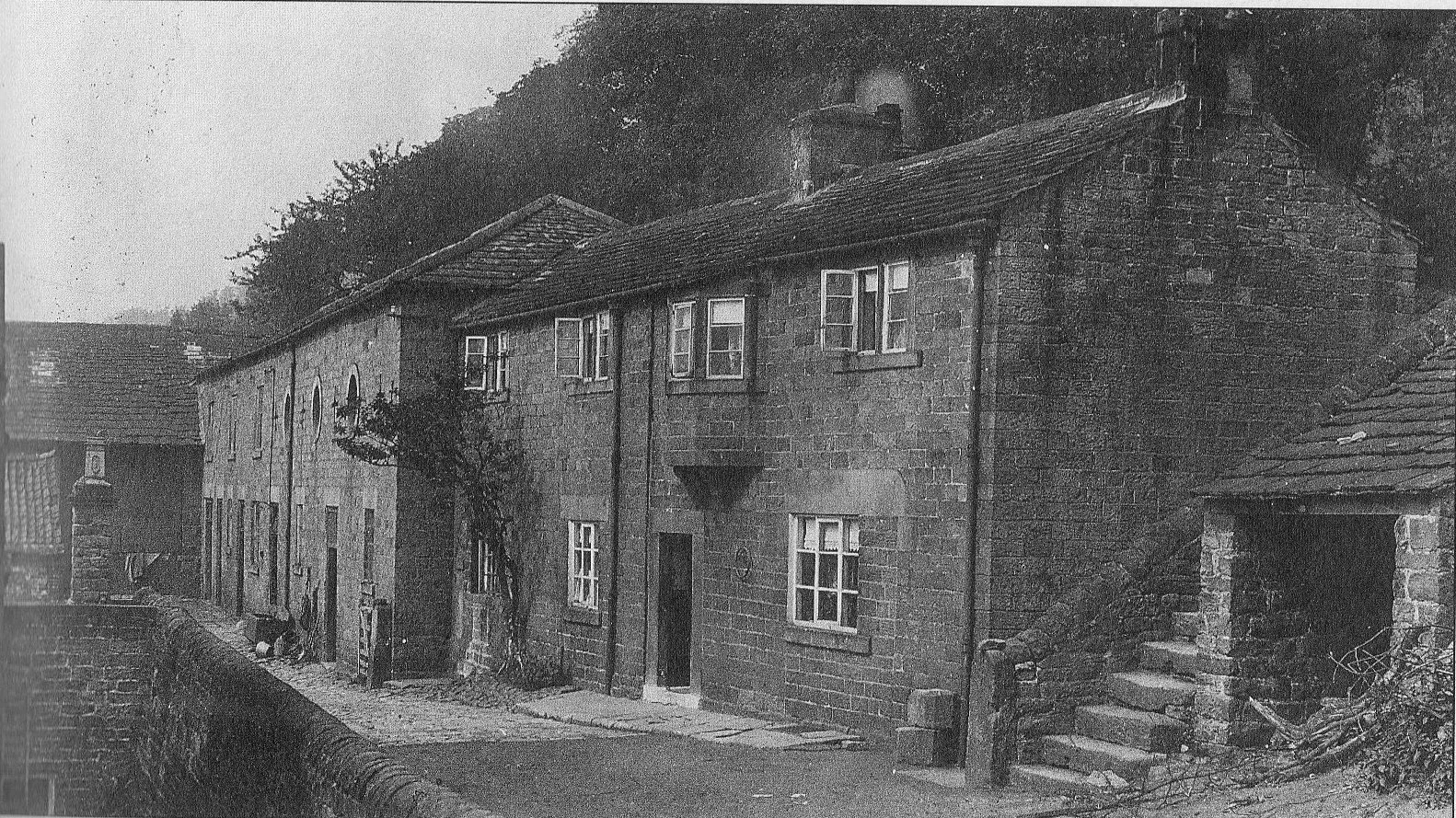
-EXPLORE OUR ARCHIVE-
Ewden : A Glimpse into History and Heritage
Ewden Valley, situated on the boundary of Bradfield and Bolsterstone in Sheffield, South Yorkshire, holds a rich and varied history. The valley, which includes the village of Ewden, has seen significant developments from prehistoric times through to the industrial era, contributing greatly to the region's heritage.
Geography and Early History
Ewden Village is located between the Moor Hall and Broomhead reservoirs, south of Bolsterstone, within the district of Sheffield. The valley is a scenic part of the local landscape, with Ewden Beck flowing from Broomhead Moor, supplying water to the Broomhead Reservoir. The reservoir was part of a key infrastructure project led by Sheffield Corporation, with construction beginning in 1913 to secure a water supply for the growing industrial city of Sheffield. Excess water from the reservoir eventually flows into the River Don.
The valley also holds prehistoric significance, with the south side of Ewden Beck revealing notable earthworks and ancient remains. These include a Bronze Age cemetery consisting of around 30 round barrows, and the Broomhead Dyke, a 1,200-meter-long earthwork running parallel to the beck. These ancient features provide a glimpse into the long-standing human presence in the area, stretching back thousands of years.
The Role of the Ewden Railway
The industrial development of Ewden Valley was closely tied to the construction of the More Hall and Broomhead reservoirs. To facilitate the building of these important waterworks, the now-defunct Ewden Railway was established. This railway connected the valley to the Great Central Railway’s Woodhead line at Wharncliffe Wood, enabling the transportation of materials and workers to the construction sites. The railway played a crucial role in the development of the valley during the early 20th century, although it was later closed, reflecting the shift in transportation methods and the decline of the local industrial infrastructure.
The Workers’ Village
To house the workers constructing the reservoirs, a timber-built village was established at Ewden. The village, completed in 1929, was home to the many laborers, or "navvies," who worked on the waterworks. At its peak, the village contained over 70 buildings, including homes and communal facilities. However, as the reservoirs were completed and the workforce reduced, the village began to decline. By 1969, only 15 of the original buildings were still occupied, and by the 21st century, the village was largely abandoned. Today, only a single worker’s cottage remains from the original settlement, a poignant reminder of the area’s industrial past.
Broomhead Hall: A Historic Landmark
One of the notable historic buildings in the region is Broomhead Hall, located near Ewden Valley. The hall, which dates back several centuries, has played an important role in the history of the valley. While the hall itself is not directly associated with the waterworks, it is a key part of the valley’s broader history, reflecting the agricultural and social development of the area long before the industrial expansion of the early 20th century.
The Legacy of Ewden Valley
Ewden Valley stands as a testament to the area’s long history, from its prehistoric roots to its industrial transformation in the 20th century. The combination of natural beauty, ancient remains, and industrial heritage makes Ewden a significant location within the Stocksbridge district.
The Stocksbridge and District Historical Society remains committed to preserving and sharing the rich history of Ewden Valley, from its early archaeological importance to its role in the development of waterworks and infrastructure. Through ongoing research, events, and educational initiatives, the society works to ensure that the legacy of Ewden continues to be celebrated and understood by future generations.
We invite you to explore the history through the materials provided and discover more about the lasting legacy.








